From October 7th to 10th, the SHARE-North Squared (SN²) consortium attended a joint partner meeting with the Interreg Active Cities project hosted by the City of Aarhus, Denmark.
As Denmark’s second-largest city, Aarhus is a dynamic and rapidly growing urban center, committed to sustainable development. The event in Aarhus provided a unique opportunity to explore the synergies between these two projects, with key insights, public presentations, and field visits revealing promising pathways for advancing shared mobility and active urban living.
As studies have shown, the uptake and upscaling of shared mobility, especially car sharing, leads to a shift to more active modes of transport. With this knowledge Aarhus decided to host a joint meeting of two projects that focus each on one of these aspects.
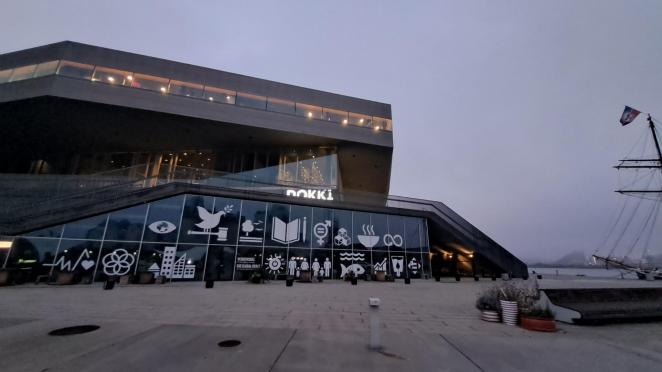
Event Highlights: Tools, Goals, and the Bremen Approach on Reducing the Demand for Parking
At the DOKK1, a cultural and library space that exemplifies Aarhus’ transformation of its old harbor into a multifunctional urban hub, Morten Skou Nicolaisen, Head of Mobility for Aarhus, introduced the city’s ambitious “Green Mobility Deal”, with the inherent goal of reducing 750.000 tons of CO₂ emissions until the year 2030. 2030 is the year the city of Aarhus aims to be carbon neutral. In order to reach that goal Aarhus is not only promoting the uptake of shared mobility, the shift to e-cars, the upscaling of public transport offers, but also the uptake of active modes of transport through investment in good bike and pedestrian infrastructure. One important goal is to reduce the modal shift of car trips from 56% in 2019 to 40% in the year of 2030: a reduction of 16%.
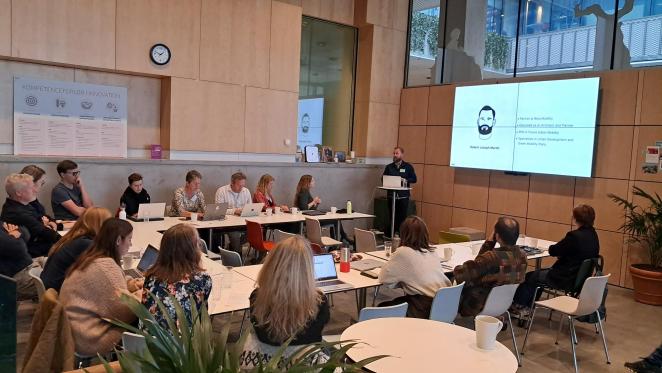
Another key contribution to the joint meeting included the New Mobility Assessment Framework, presented by Robert Joseph Martin from Beta Mobility, which estimates how many car rides could potentiallybereplaced by shared mobility options. While the tool provides estimates rather than predictions, it supports urban planners in determining the scope of shared mobility’s impact on local areas.
Additionally, Aarhus city officials shared insights on how framing can shift public attitudes toward shared resources. Studies conducted in Aarhus neighborhoods highlighted that while residents often express interest in shared mobility, actual commitment to change depends on accessibility, convenience, and framing that emphasizes flexibility over ownership.
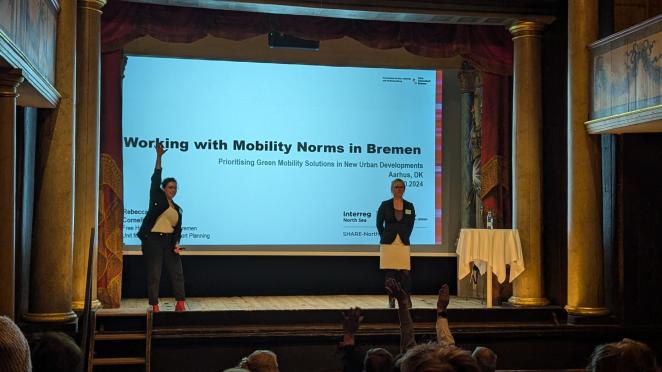
The joint public event on Wednesday held in the picturesque theater of “Den Gamle By” brought together city officials, consortium members, and researchers.
The SN² consortium provided a highlight with the presentation of Bremen’s innovative parking bylaw “the Mobilitäts-Bau-OrtsGesetz”. This so to speak “mobility bylaw” sets new standards for urban development, when it comes to parking requirements, as it requires a mandatory mobility concept as part of building applications. By focusing on a mobility budget for users rather than plain parking and a good communication concept to accompany the shared mobility offers in the newly built, Bremen’s approach is a model of integrating shared mobility in real-estate developments and by this also fostering the uptake of active modes of mobility, and as a result lowering the ownership of a private cars and the demand for parking.
Field Visit: Exploring Nye’s Mobility Vision
A visit to Nye, an emerging “new town” near Aarhus, provided a forward-looking view of urban mobility. Nye’s design prioritizes community-buildings and minimal car usage, with shared vehicles and communal charging stations placed strategically to discourage private car ownership. While still in development, Nye represents a radical approach to promoting shared mobility, and the SN² consortium eagerly anticipates observing how these principles will shape residents’ behavior over time.
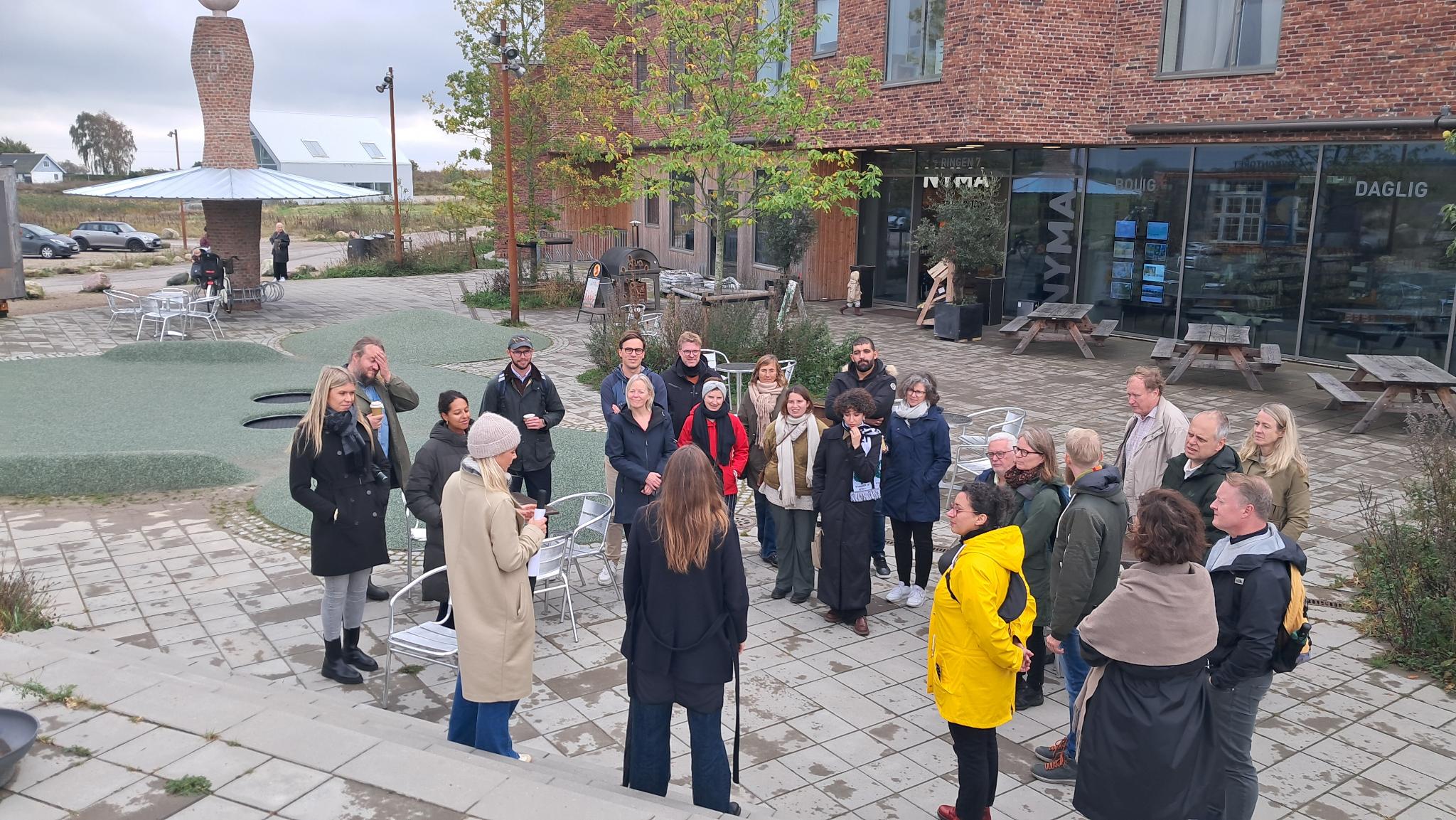
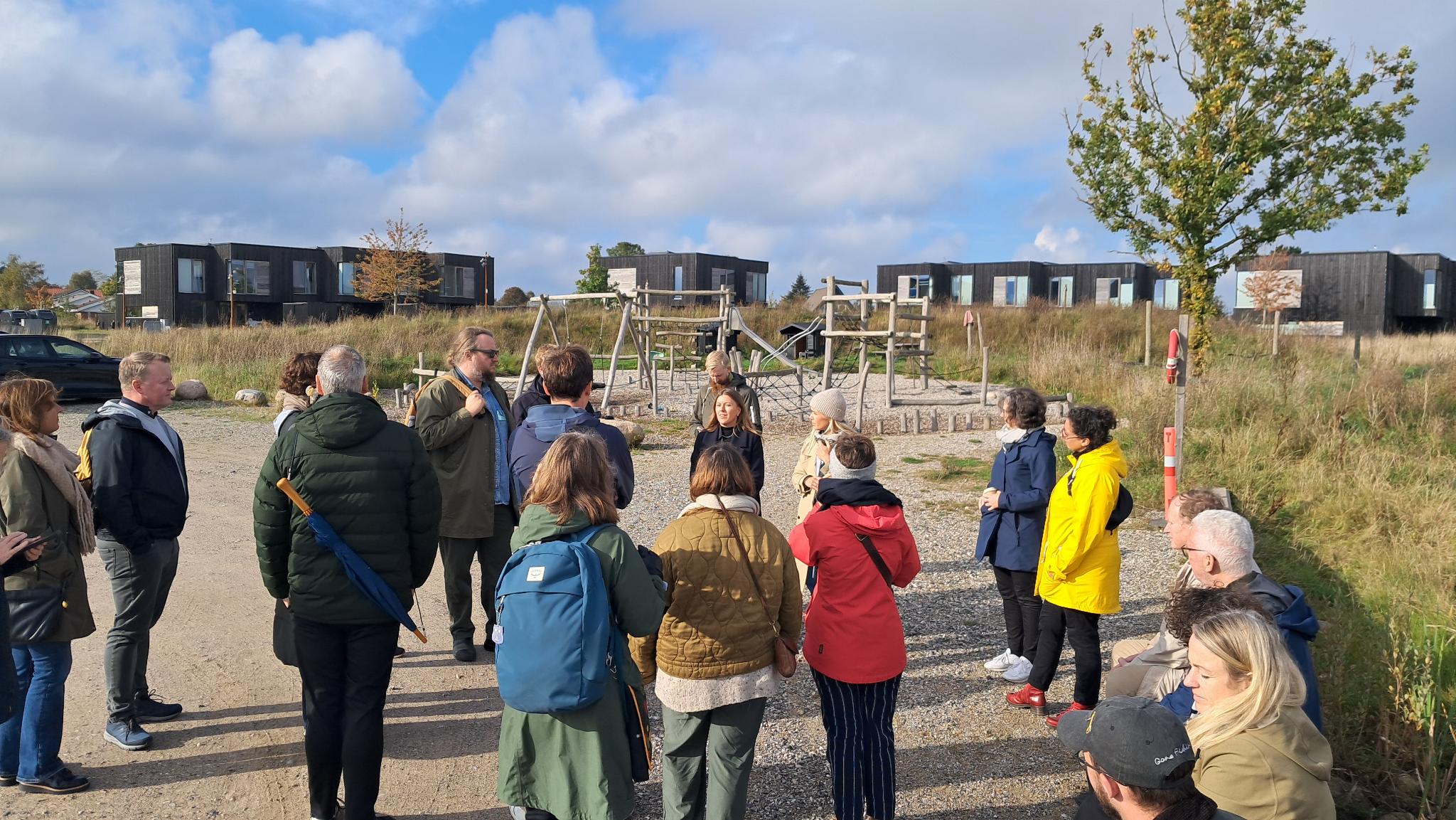
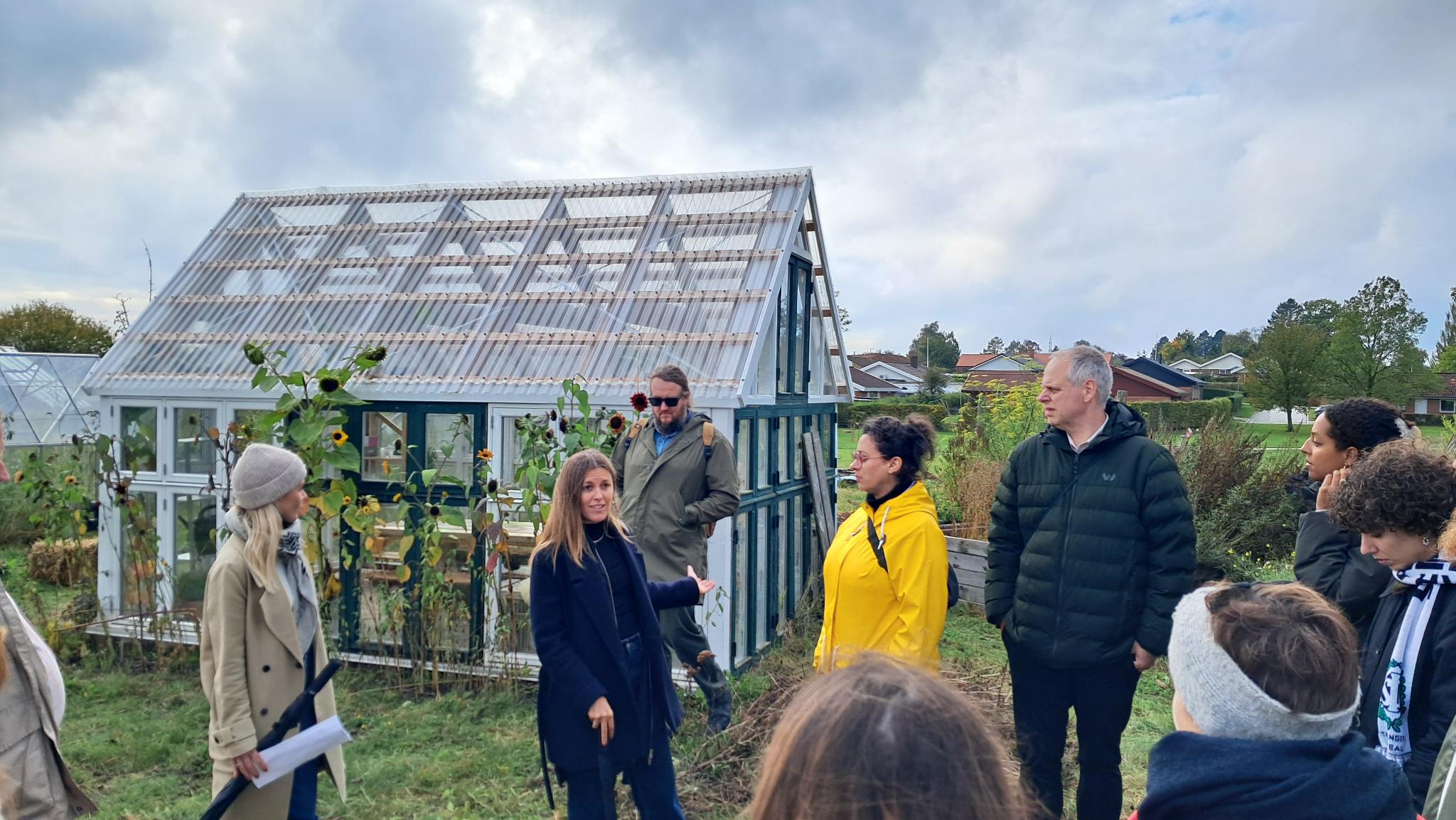
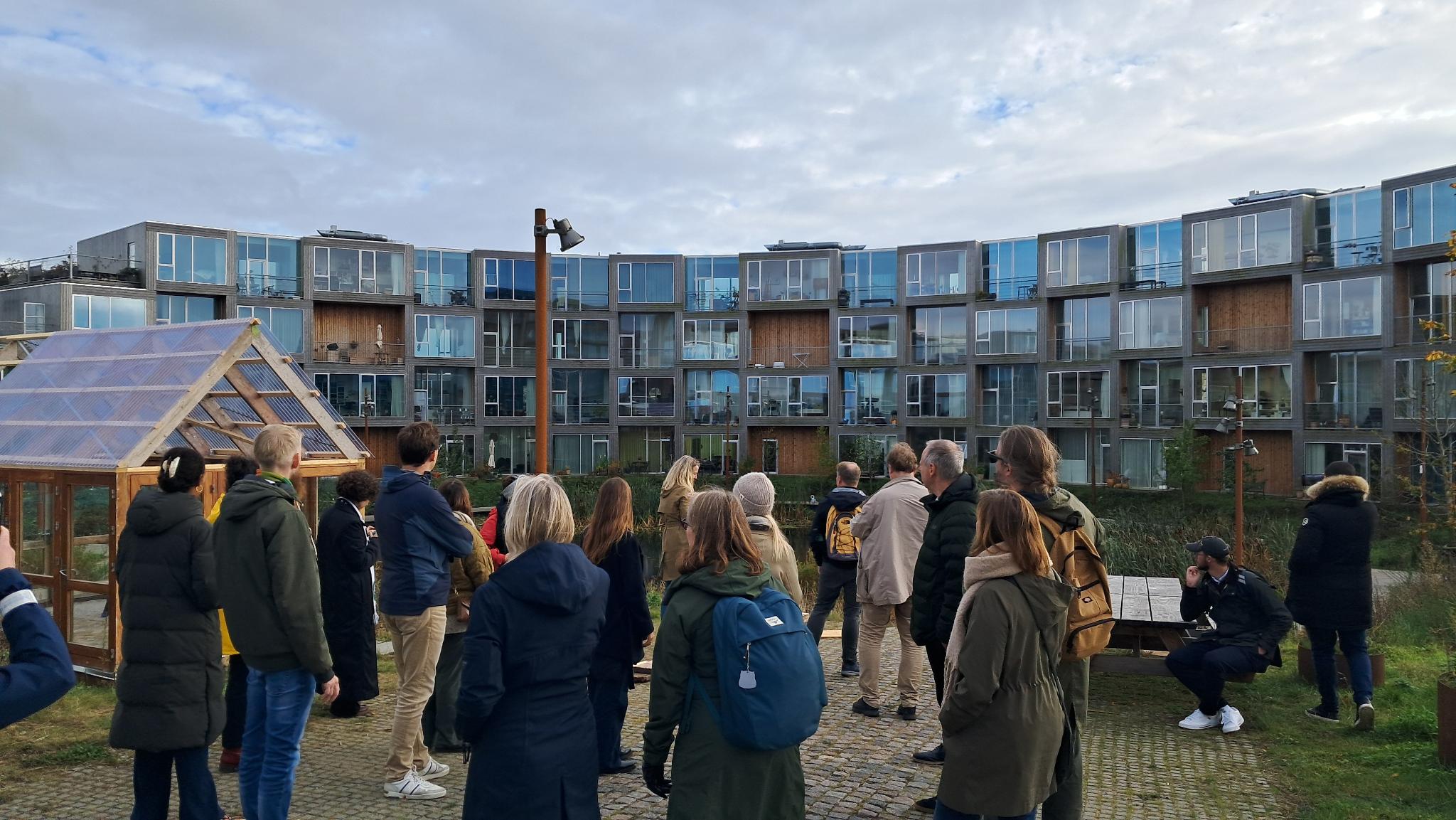
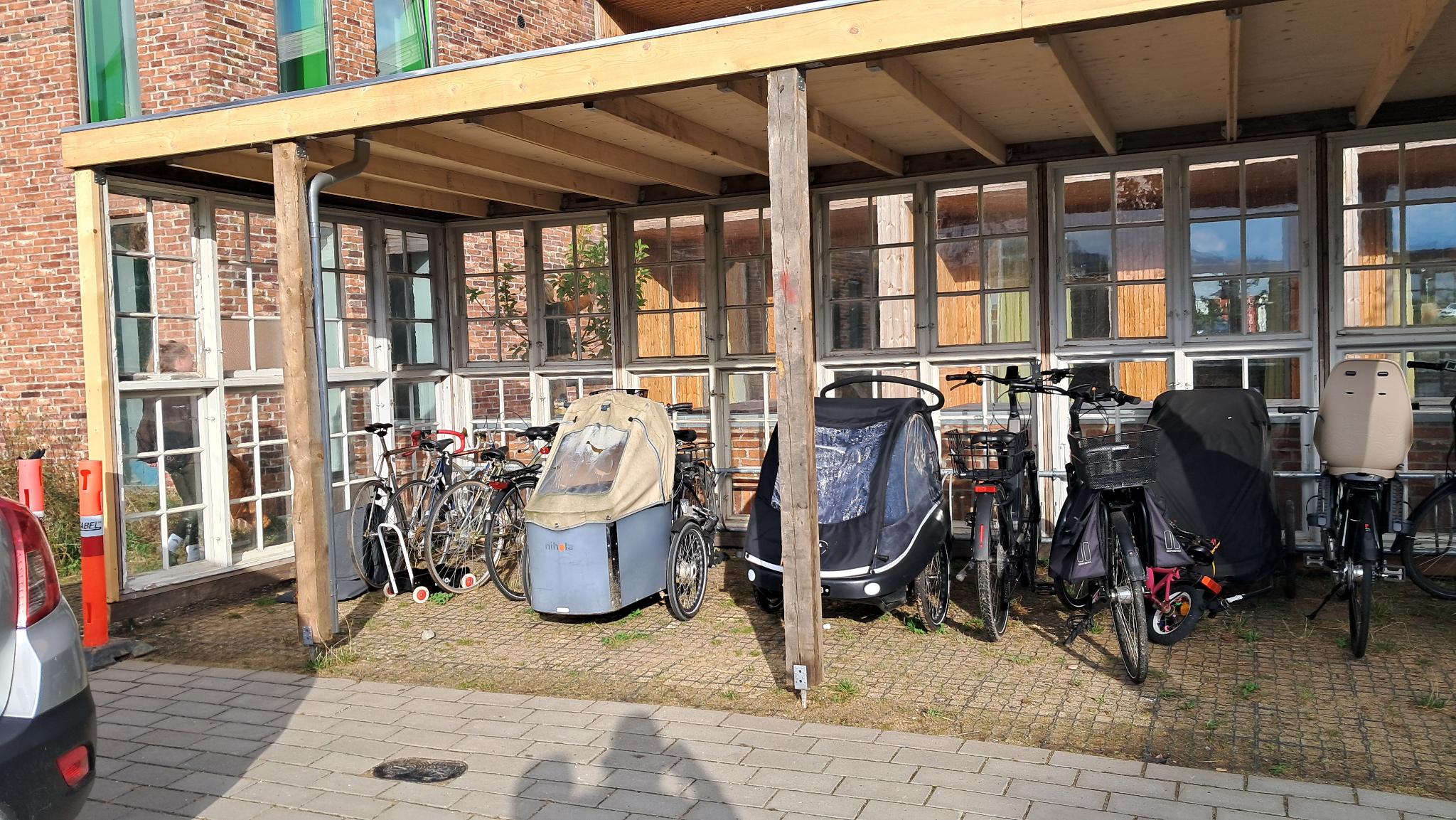
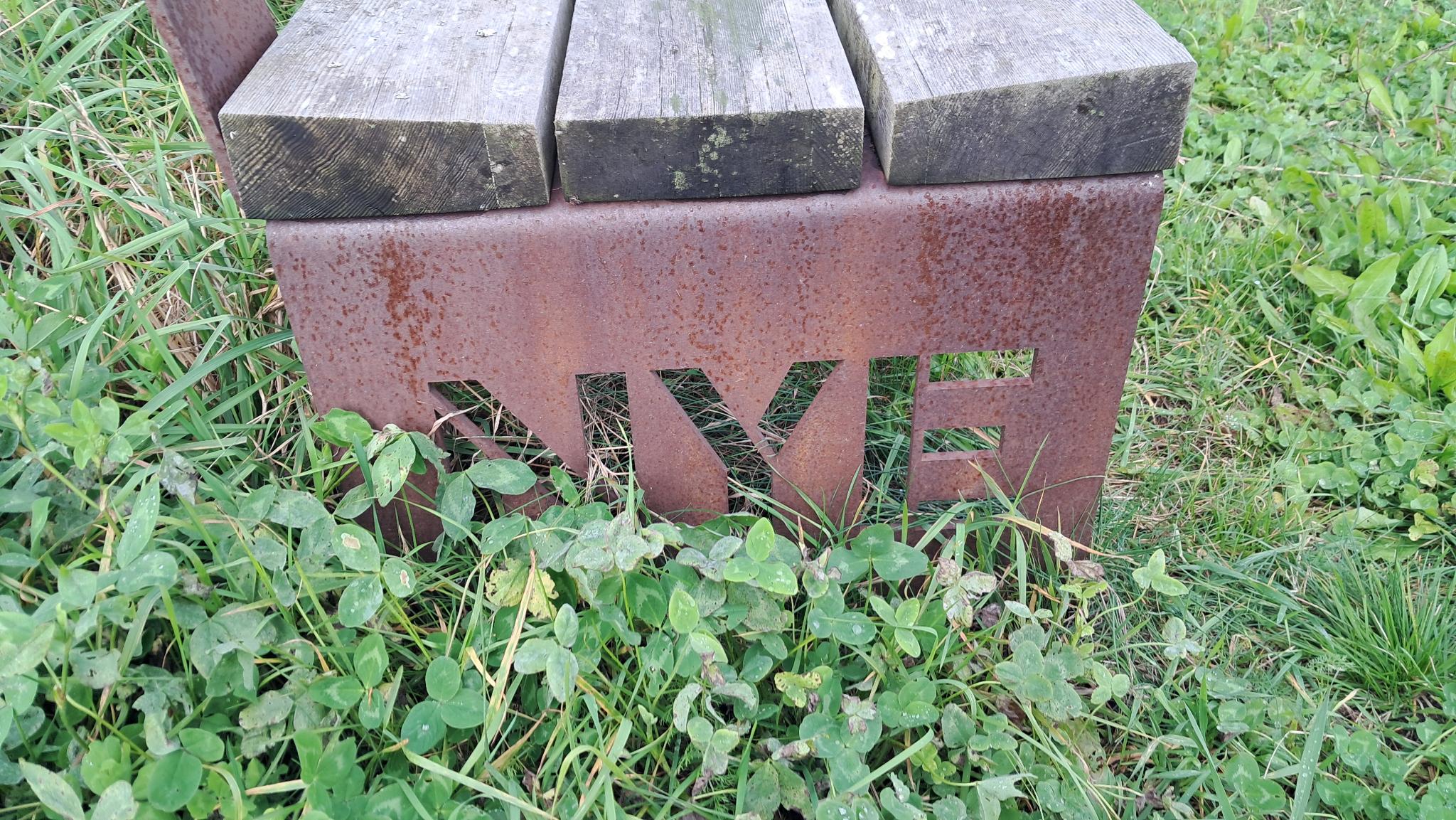
Our Path Forward: Lessons learned and next steps
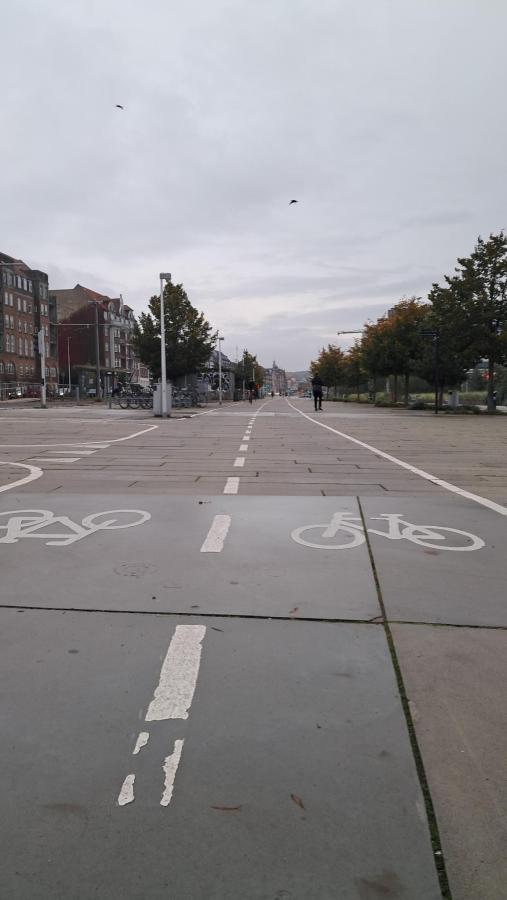
Key takeaways included for instance the need of a strong political will to create sustainable cities in the long run, the need for good legislation on parking and shared mobility as the groundwork for sustainable planning, and also the importance of integrating multiple stakeholders in processes for integration of shared mobility accompanied by good communication and knowledge management.
We are looking forward to our next partner meeting in Stavanger, where we will focus on the topic of Laas (LivingAsAService integration) in housing developments.
Written by Steffie De Moor
Edited by Cornelia Cordes